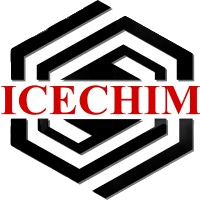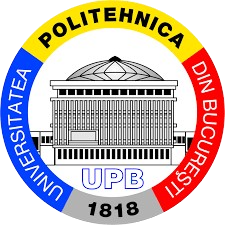NaDUMAS


PN-III-P2-2.1-PED-2019-4687
Restricted
The scope of the project is to develop a technology for obtaining nanodielectrics with high permittivities and low losses for underwater
microstrip antenna substrate, in order to improve the efficiency of the wireless data transmission between the underwater equipments.
Patch (or microstrip) antennas are among the most common antenna types in use today, because they can provide high performances in small
packages (especially for modern fixed and mobile wireless devices), high gain, or light weight, or handle high power levels. The choice of
the dielectric substrate material plays a key role in the size and performance of a patch antenna, such as achieving maximum gain at the
desired radio frequency (RF). As for RF for underwater communication they should be as low as possible because of the high losses due to
conductivity of sea water, which leads to the increase of the absorption loss at high frequencies.
The main research goal of NaDUMAS project is to obtain nanodielectrics with high dielectric constant and in the same time with very
low dielectric losses, together with all the other properties required for patch antenna substrates: homogeneity, dimensional stability
with processing and temperature, humidity and aging, resistance to chemicals, impact resistance, formability, bonding ability, foil adhesion etc.
The variation of the dielectric properties with frequency and temperature will be analyzed on the proposed nanodielectrics by
broadband dielectric spectroscopy.